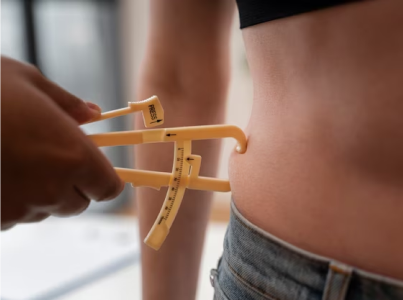-
0 Comments
Gastric bypass surgery is a major weight-loss surgery that can help people with severe obesity lose weight and improve their overall health. Are you considering this surgical option?
Here are the top 10 FAQs about gastric bypass.
Q1: What does a gastric bypass surgeon do?
A: A gastric bypass surgeon creates a (smaller) gastric pouch from the stomach and links it to the small intestine. A large portion of the digestive tract is bypassed in the process.
This is done through either an open or laparoscopic procedure. As a result, patients eat less and feel fuller for longer periods of time.
Q2: Am I a good candidate for gastric bypass surgery?
A: Based on your age, medical history, psychiatric history, eating habits, level of daily physical activity, and general health, an experienced bariatric surgeon can best determine whether you qualify for gastric bypass surgery.
The basic criteria for gastric bypass are:
- BMI (Body Mass Index) >= 40 or body weight > (ideal weight + 45 kg)
- Presence of obesity-related medical conditions, such as type 2 diabetes, high blood pressure, sleep apnea, heart disease, or gallbladder disease
- A history of weight-loss efforts with an exercise program and diet regimen
Q3: How much weight can I lose after gastric bypass?
A: Patients can expect to lose 50-70% of their excess weight in the first 1-2 years. Excess weight is calculated by subtracting your target weight from your current weight.
Surgeons advise patients to follow their diet instructions and take supplements as needed, depending on their individual health needs.
Q4: Are there any risks of postoperative complications with gastric bypass?
A: Yes, all major surgical procedures carry some risks. Gastric bypass is no different. Some common postoperative risks of gastric bypass include:
- Vomiting & nausea
- Gallstones
- Nutritional deficiencies (such as anemia and osteoporosis)
Bile salt intake can prevent gallstones, and vitamin and mineral intake can prevent nutritional deficiencies.
Rare complications of gastric bypass include:
- Staples
- Ulcers in the small intestine
- Blood clots
- Gallbladder inflammation
About 10-15% of patients may require follow-up or revisional surgery to fix complications, with abdominal hernia being the most common.
Q5: How soon can I return to work after gastric bypass surgery?
A: You can typically leave the hospital in 1-3 days after surgery. You should be able to return to your normal daily activities in about 2-3 weeks.
Most people return to work in 3-6 weeks, but this may vary depending on your overall health, nature of your job, and how you are recovering.
Q6: Why do thousands of people choose gastric bypass surgery every year?
A: Gastric bypass is one of the safest and most effective weight loss surgeries. It has been extensively studied and practiced around the world.
Gastric bypass became more popular with the advent of minimally-invasive laparoscopic procedures in the 1990s.
Q7. What are the main health benefits of gastric bypass surgery?
- Gastric bypass surgery does more than just help you lose weight. It also improves your overall health by reducing your risk of various diseases, including:
- Cardiovascular diseases
- Gastroesophageal reflux disease (GERD)
- Infertility
- High blood pressure
- High cholesterol
- Sleep apnea
- Cancer
Q8. How much does gastric bypass cost?
- Gastric bypass surgery costs about $25,000 on average in the United States.
But, the cost is significantly less in medical tourism hubs such as Tijuana, Mexico, where reputable bariatric clinics like Renew Bariatrics offer the surgery for upwards of $6,000.
In the long run (about 3-5 years), the savings accrued from not having to spend on healthcare due to other obesity-related issues can offset the cost of the surgery.
Q9. Why do people choose Tijuana, Mexico for gastric bypass?
The quality of care at Tijuana bariatric clinics is comparable to that in the United States and Canada, and there are board-certified, experienced surgeons available.
Plus, medical tourism operators provide affordable, end-to-end services that often include surgery, transportation, hotel stay, and more.
Q10. Can gastric bypass surgery cure diabetes?
- Roux-en-Y gastric bypass can send 80-90% of people with type 2 diabetes into remission.
However, this does not necessarily mean that the diabetes has been cured. Instead, gastric bypass helps your body control the diabetes to the point that you no longer need medication to keep your blood sugar level steady.






